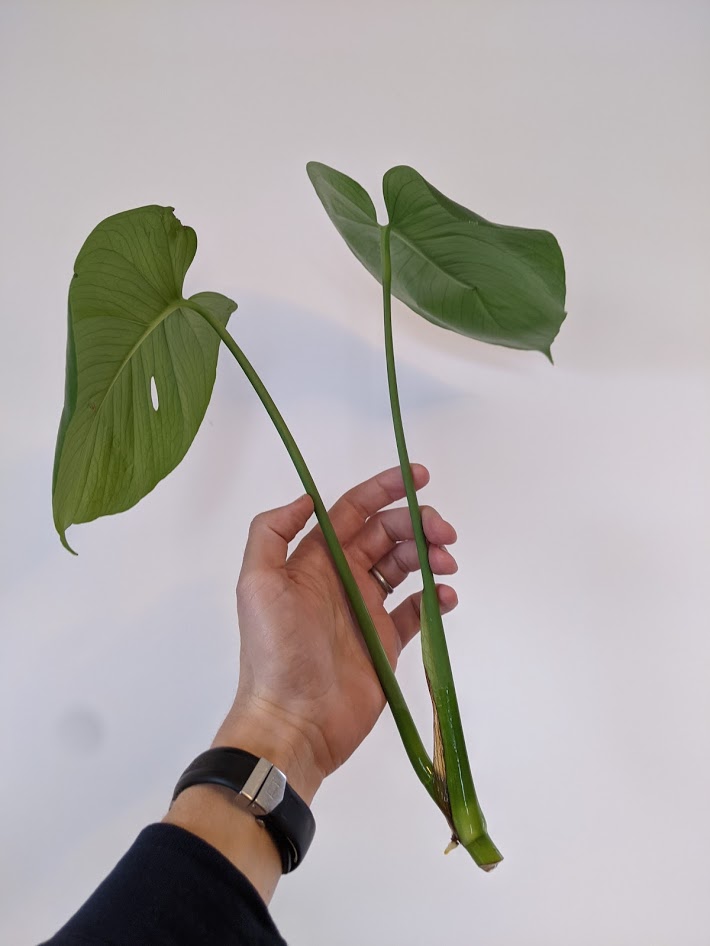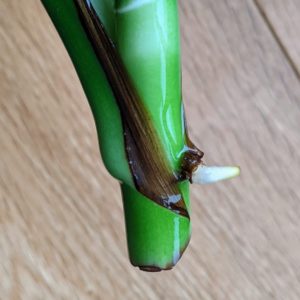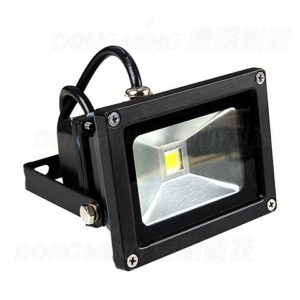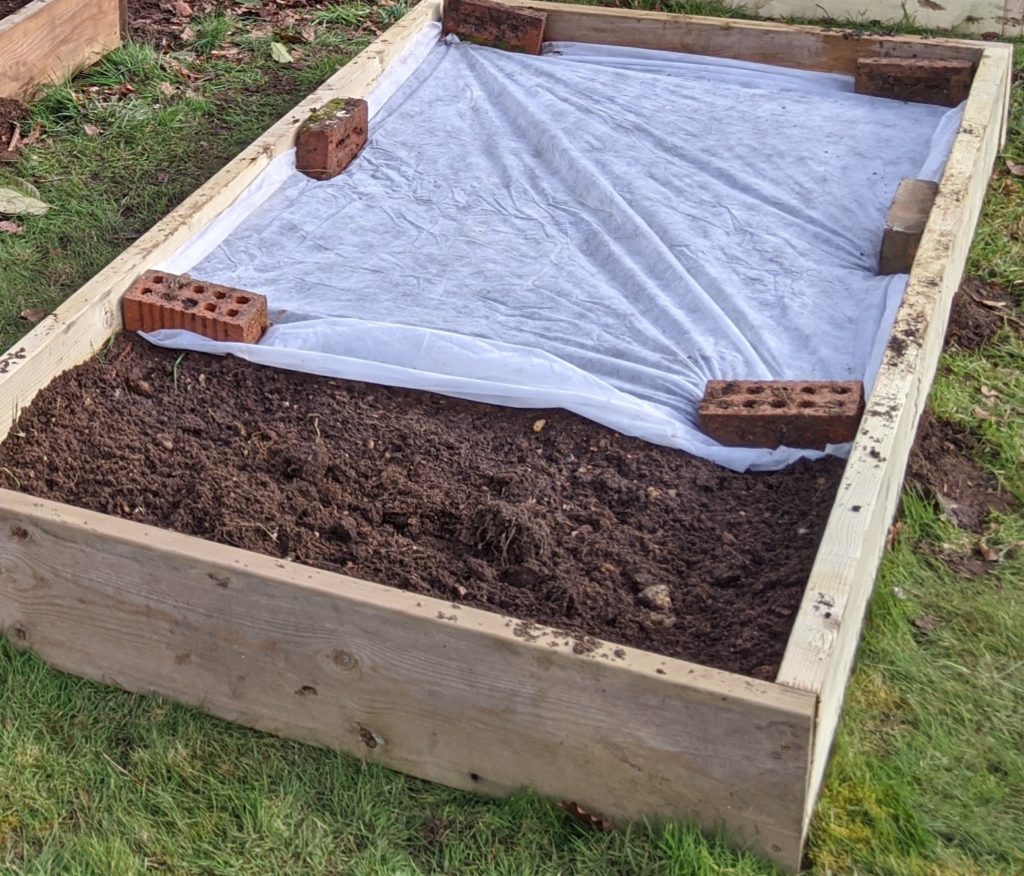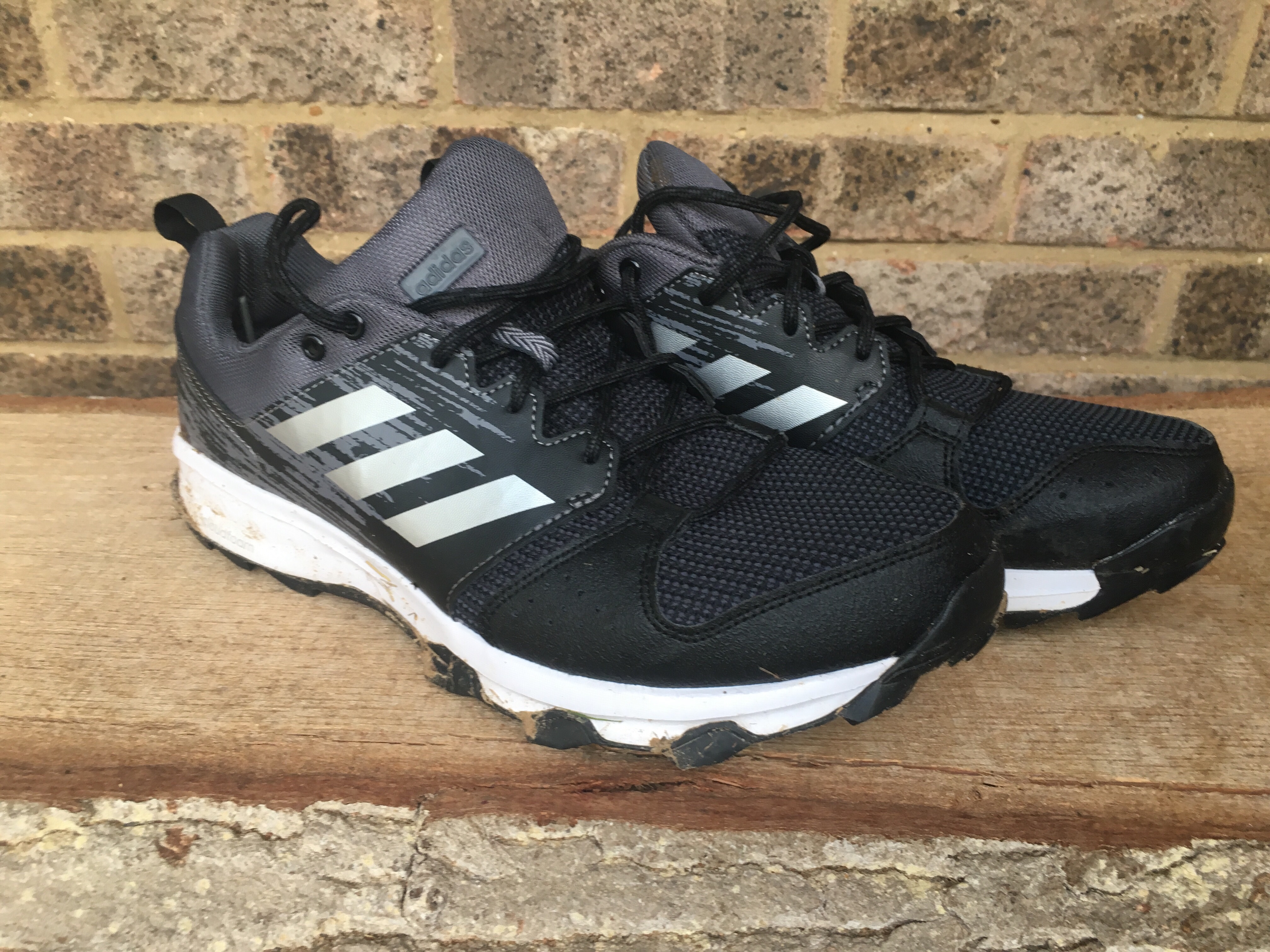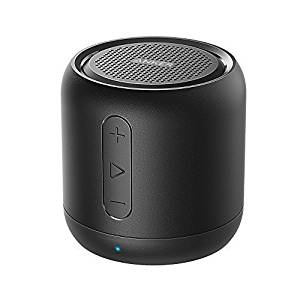If your Aqualisa quartz electric shower turns off shortly after starting, this article will explain how you can diagnose and repair your broken shower.
Broken Quartz Shower Symptoms
After pressing the on button, the blue light briefly turns for half a second. A short pulse of water comes out of the shower head before the shower turns off. If this is our problem keep readng to get the fix.
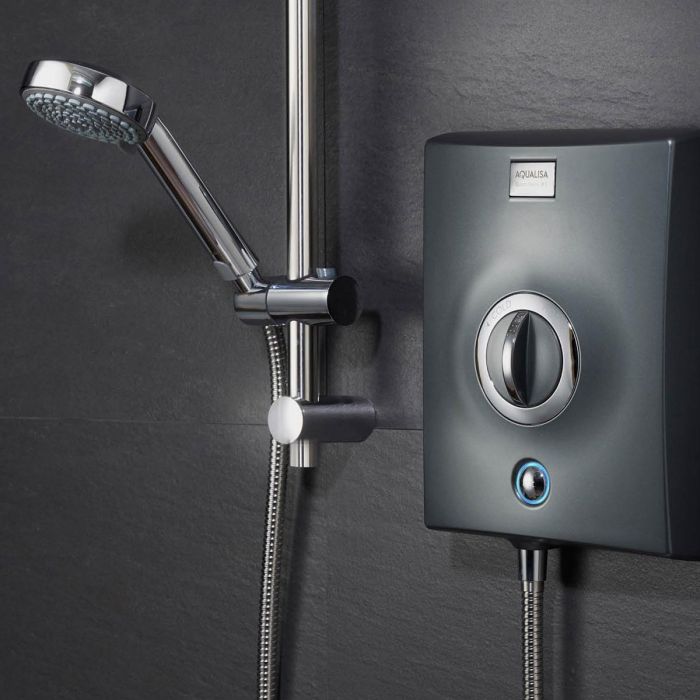
Why Does the Shower Turn Off
First of all turn off the power to the shower via the isolation switch that should be located just outside of your bathroom. Even beter go to your main fuseboard and switch off the circuit that your shower is on.
Next you need to take off the shower front cover. Do this by removing three small phillips screws, one at the top of the cover and two underneath. Be careful when removing the cover which is connected to the main assembly by four small cables. Disconect the cable by unplugging the white connector block.
When you look inside the outer shower cover you will see a green PCB/circuit board which controls the power supply to the shower. If one corner of it appears scorched or burnt (circled red below), the issue is likely that a component on the board has failed. This appears to be a common issue.
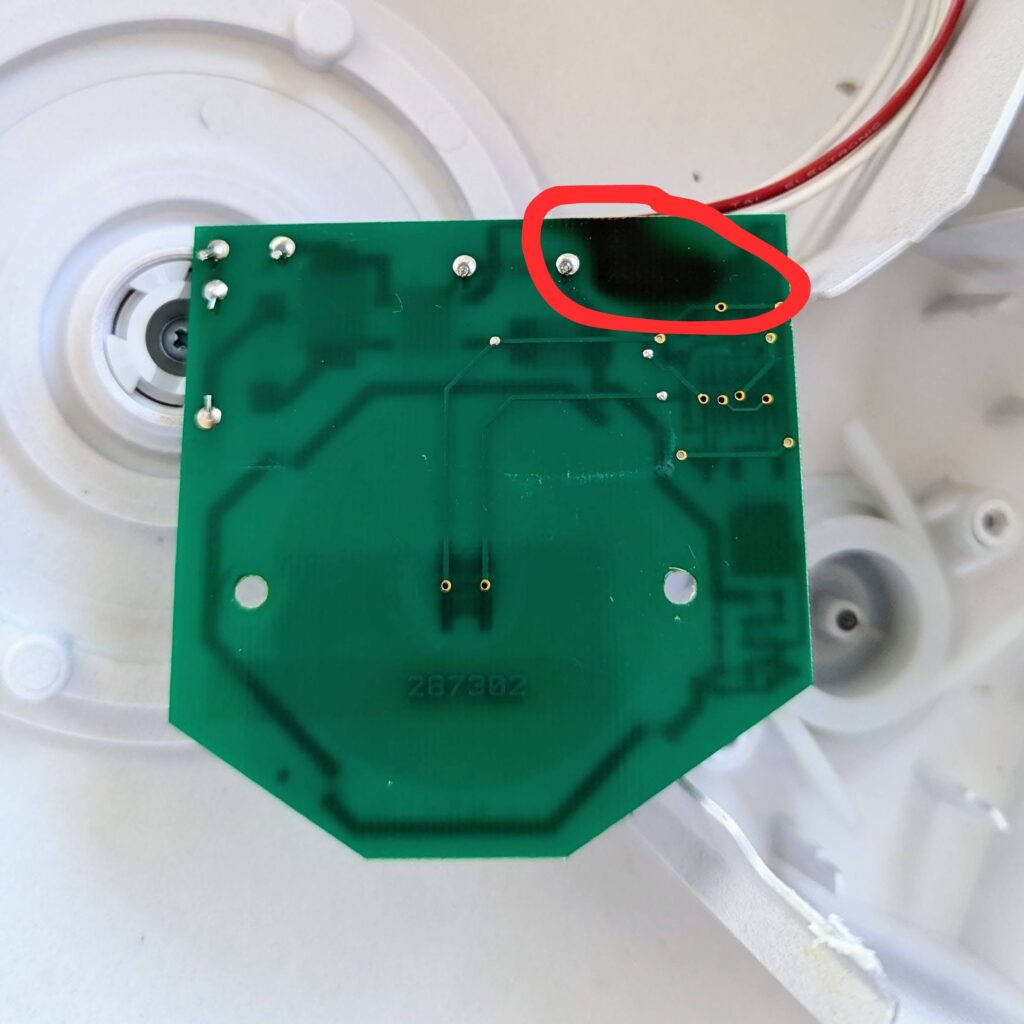
Assuming this is the issue all you need to do is to order a new shower cover part. Be usure to get the one that fits/matches the kW rating of your shower. Quartz electric showers come in thre kW ratings: 8.5kW, 9.5kW and 10.5kW. At the time of writing this cost me £120 from Aqualisa. When speaking to them they offered me a fixed price callout/fix fee of over £300. Unsurprisingly I opted to buy the cover and fit it myself given how easy it is to replace.
To fit the new cover simply connect the cables via the white connecter block. Next align the cover and fix the three grub screws back in pllace. Turn the power supply back on and the shower should now work again.
What if the PCB/Board looks fine?
If the PCB/board does not appear burnt/blown/brown then it may be an issue with the solenoid. This may mean you need to buy a new Engine assembly unit which unfortunately will be a more expensive fix and need either a plumber or electrician to fit.
I hope this article helps resove why your Aqualisa quartz electric shower turns off shortly after turning it on.
If you found this article useful and have saved yourself the call out fee from a plumber, why not consider making a small donation to the site via paypal. You can do this via the above paypal button. This helps out massively with covering the hosting/maintenance of this site. Many thanks in advance!
If you have a problem with your Aqualisa Quartz Digital shower then this article may help.
